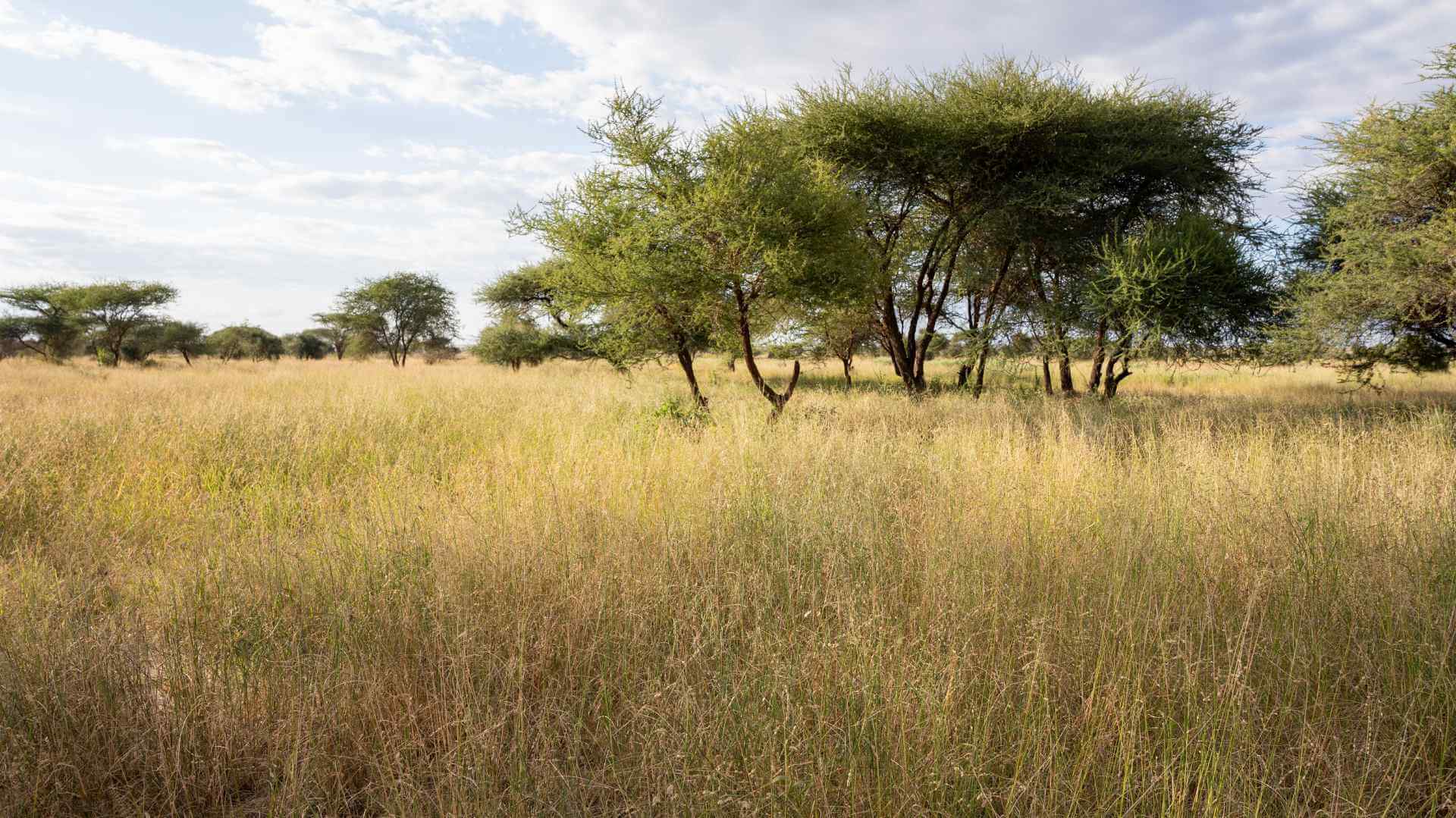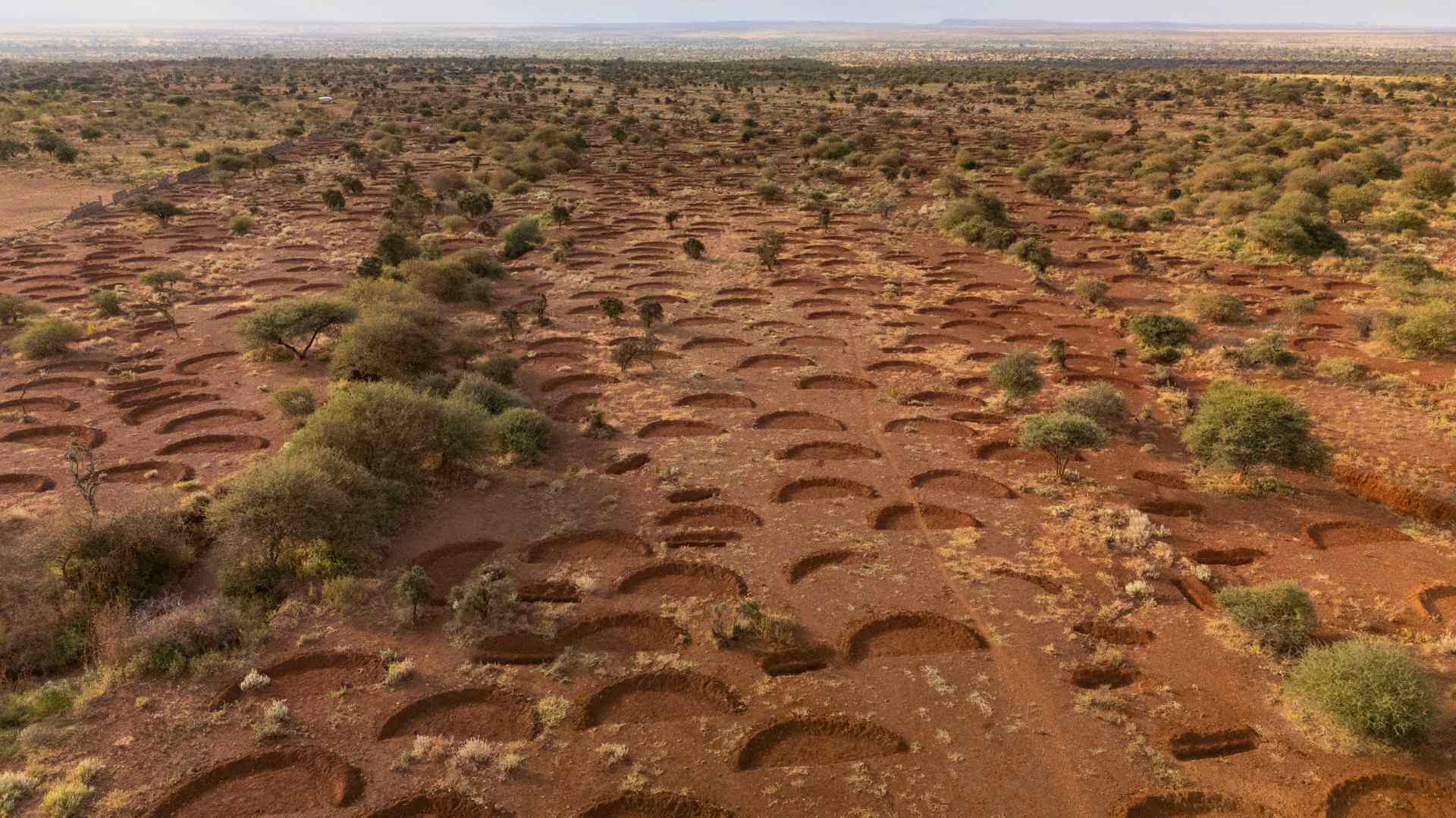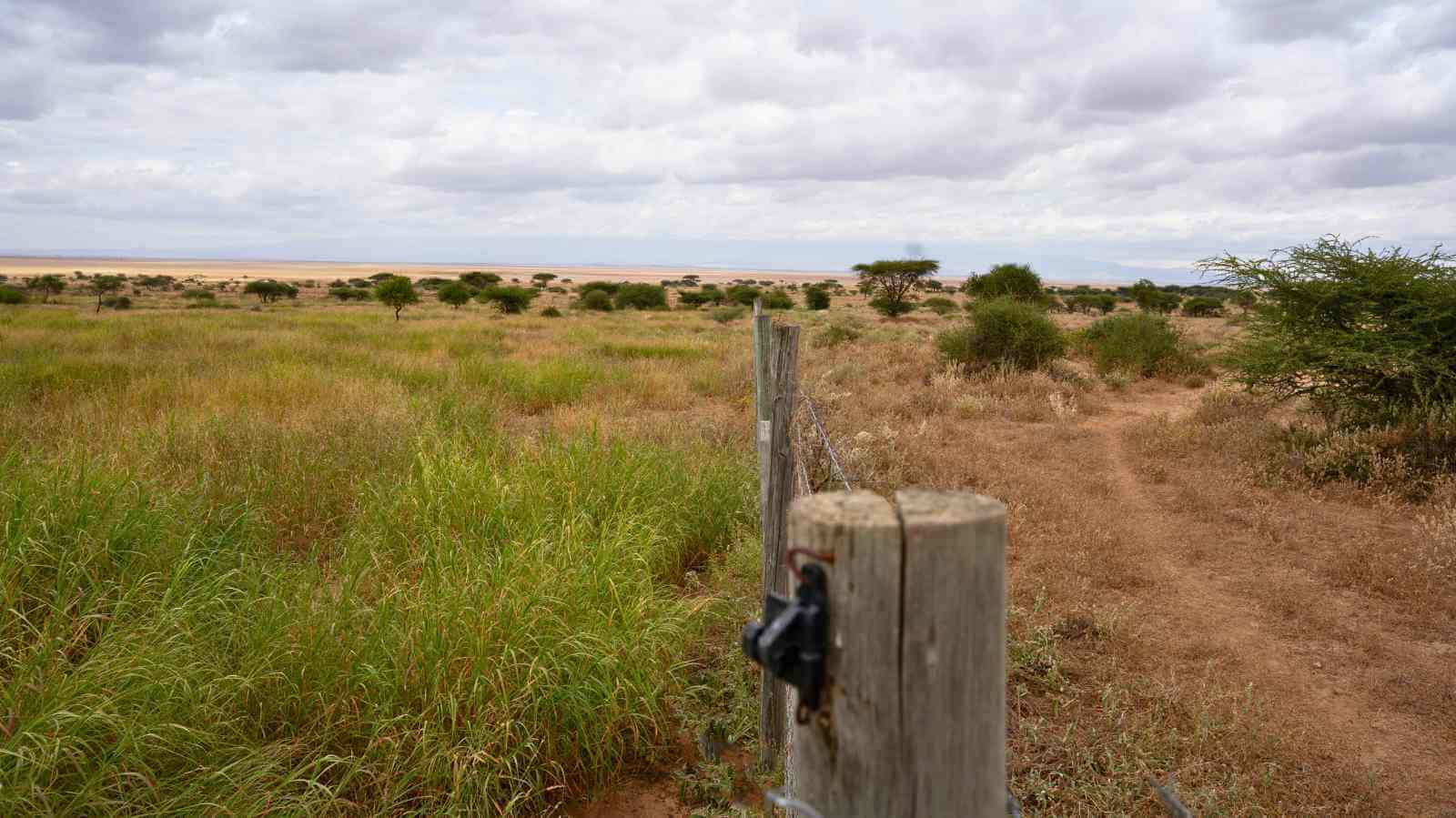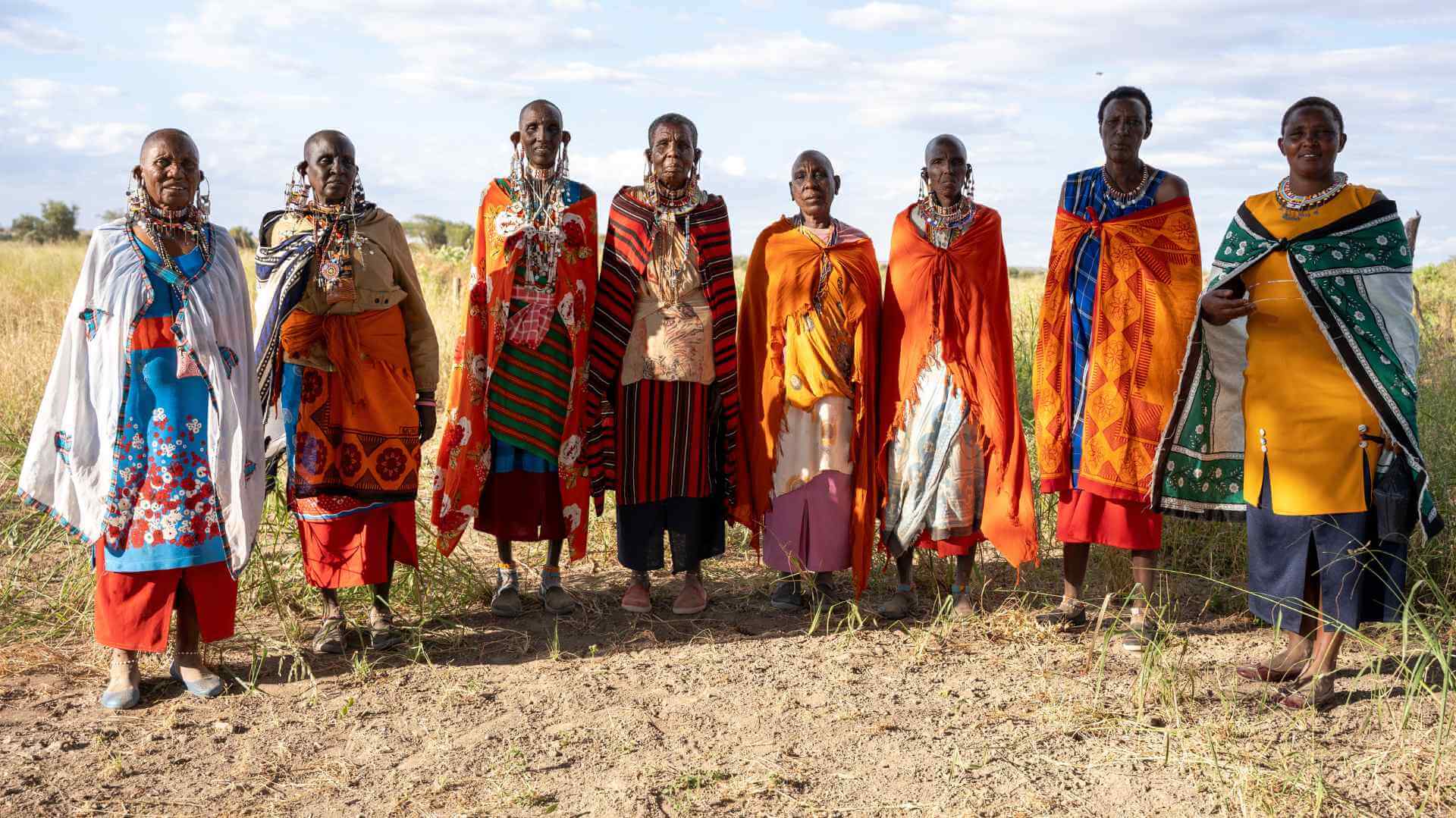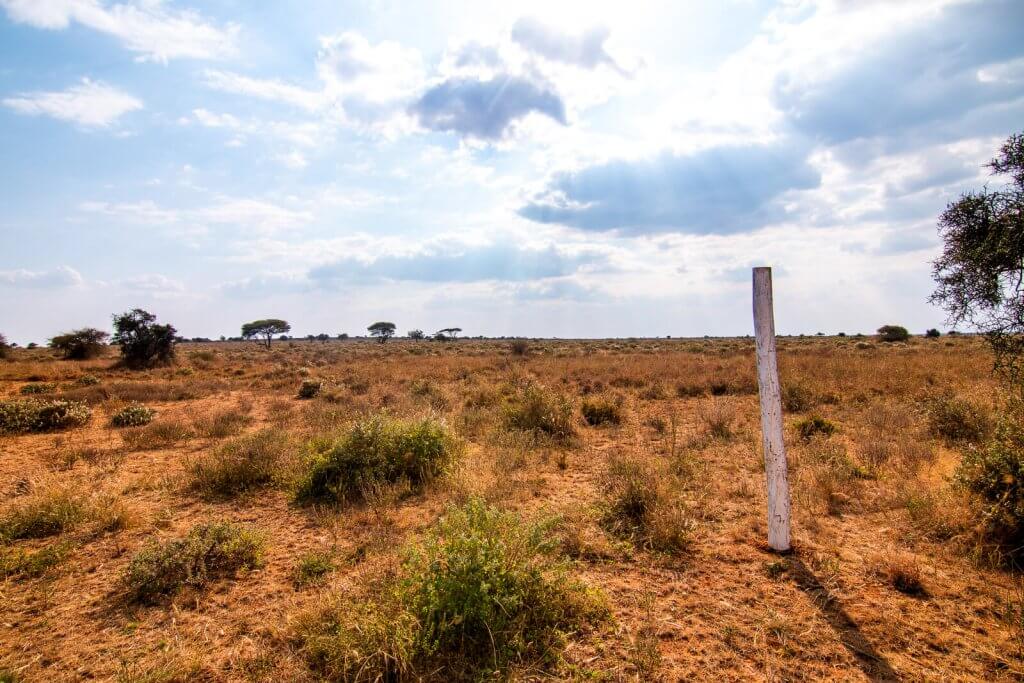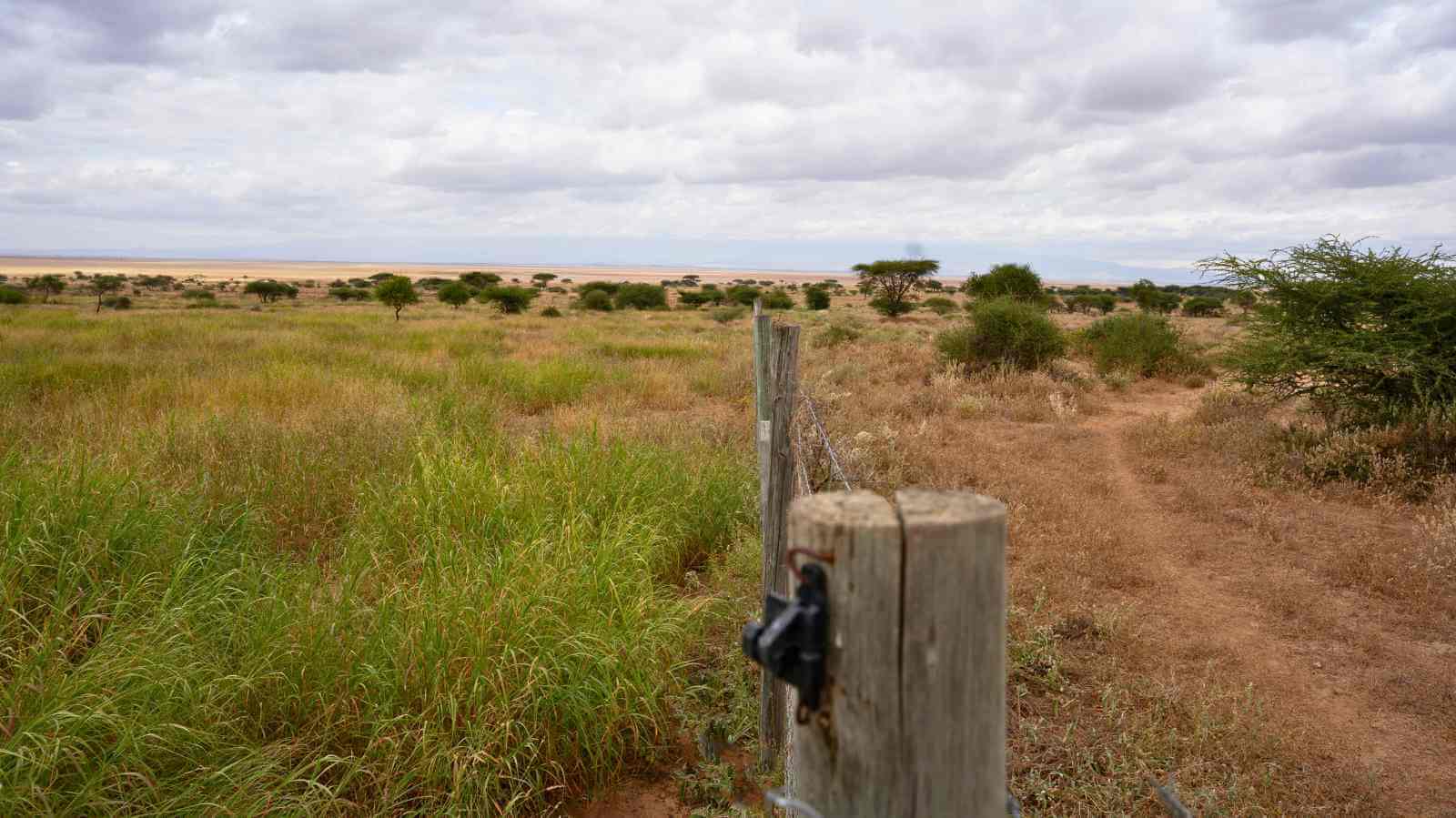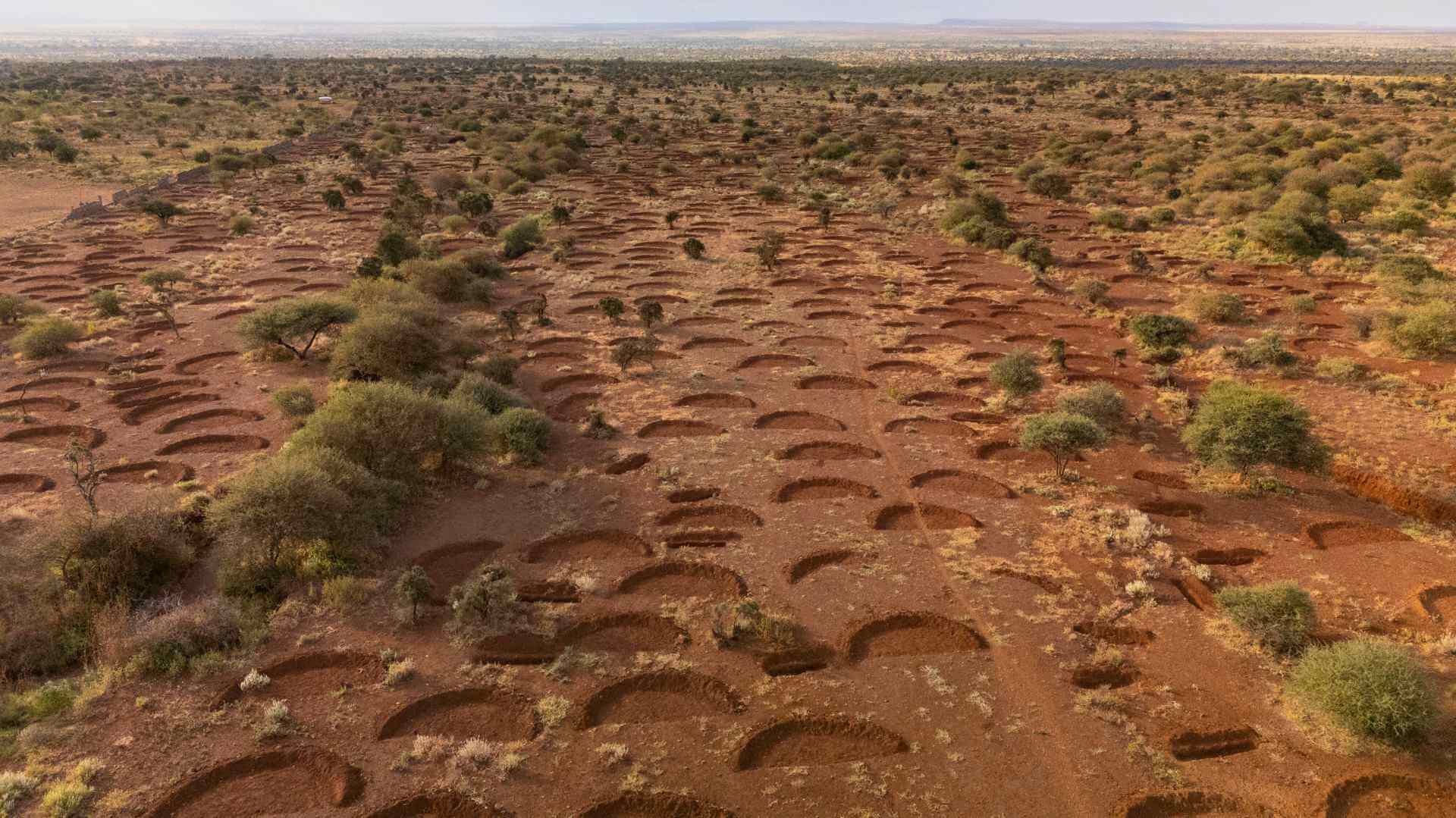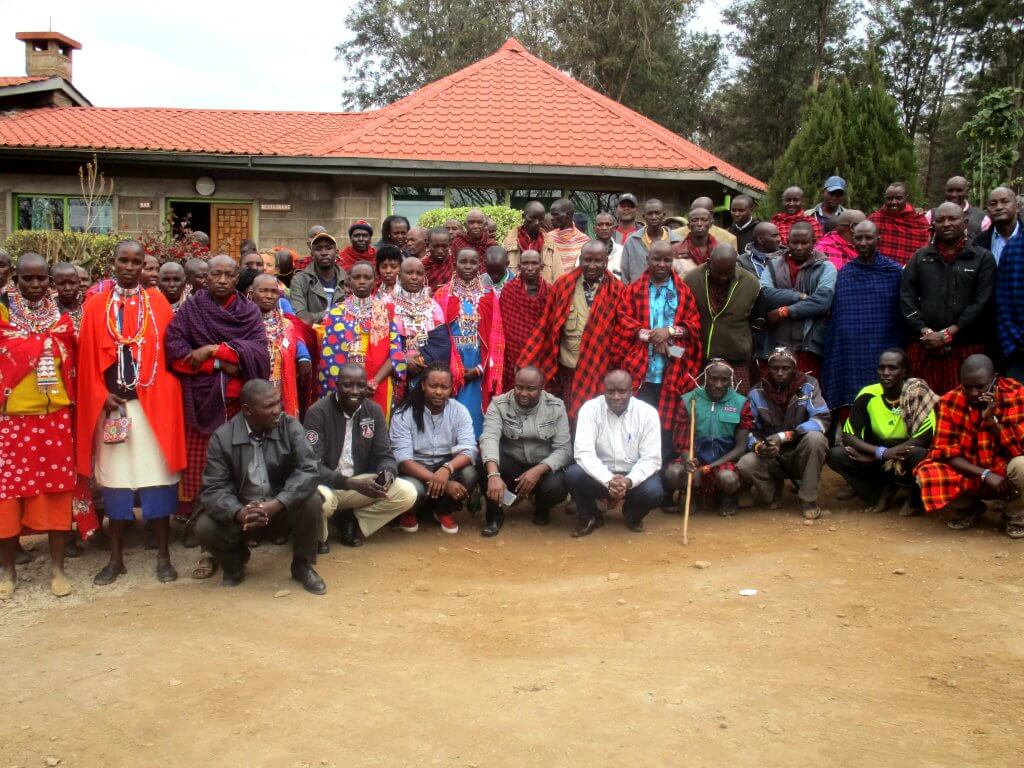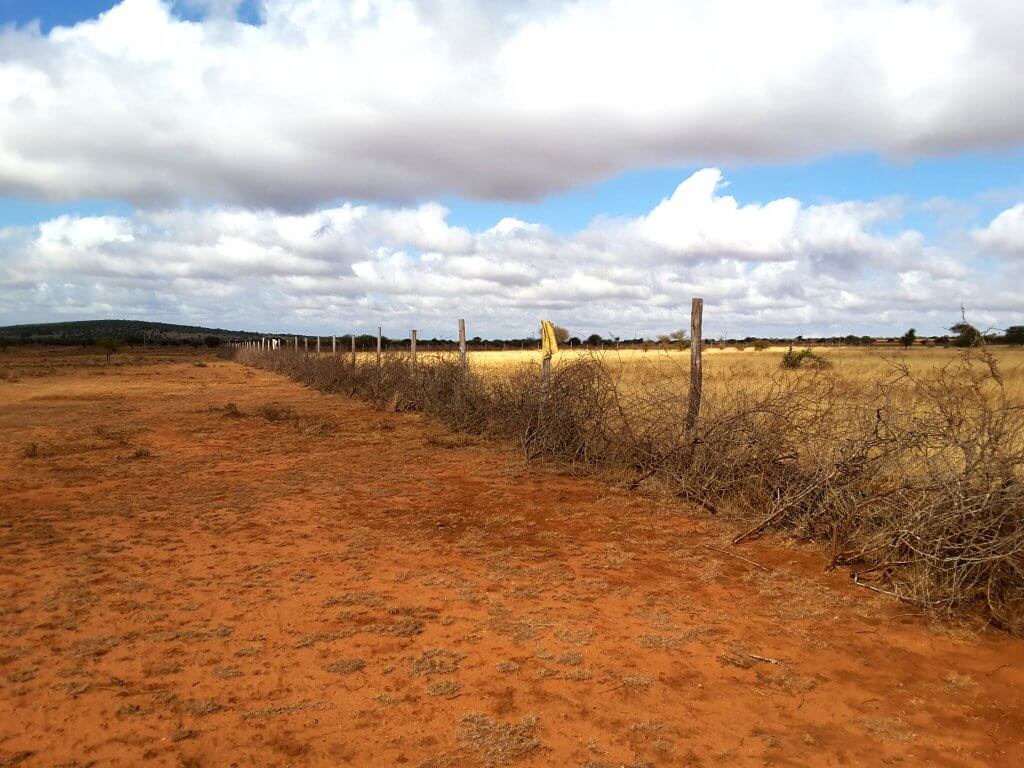Regreening project
Dodoma, Tanzania
Dodoma, Tanzania
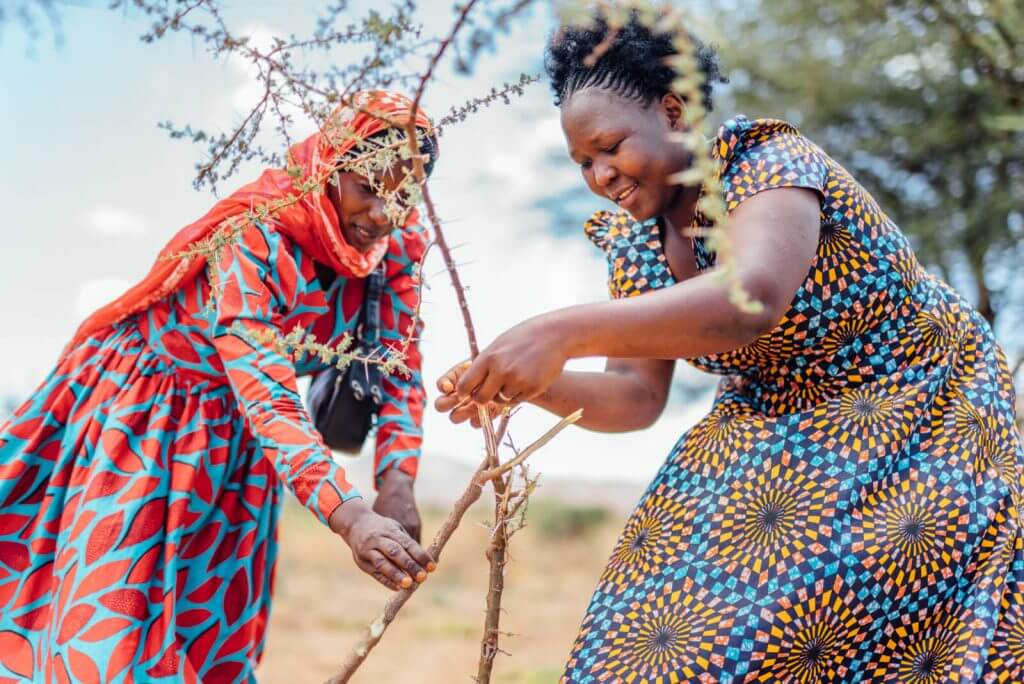
Bringing back hundreds of hectares of forest cover and restoring rangelands
We regreen heavily overgrazed and eroded Maasai rangelands in the Olgulului-Ololarashi Group Ranch, by using a combination of traditional and new regreening techniques that mainly focus on sustainable grazing management and harvesting rainwater. As it surrounds Amboseli National Park and is a vital source of pasture for wildlife and livestock, it is crucial to restore this area and protect it from further degradation.
The Olgulului-Ololarashi Group Ranch
The Olgulului-Ololarashi Group Ranch is adjacent to the Amboseli National Park and is home to Maasai pastoralists. For the Maasai people, livestock is very valuable and at the center of everything. Due to severe droughts, overgrazing, and less communal land for the Maasai, keeping livestock isn’t that easy anymore. The rangelands are heavily degraded, resulting in a decline in livestock productivity and an increase in competition between people and wildlife, especially elephants.
Amboseli
Amboseli is one of the world’s most famous wildlife parks and home to one of the biggest elephant populations in Kenya. Persistent droughts have caused degradation of the land inside the park and its surrounding areas, decreasing the food and water availability of the animals living in the park.
Regreening the degraded land
Together with the Maasai community and local partners African Conservation Centre (ACC) and Amboseli Ecosystem Trust (AET) we started to restore and regreen the degraded areas in Amboseli and OOGR, using a combination of ancient and new regreening techniques focusing on grazing management and rainwater harvesting.
hectares of land under restoration
water bunds dug
grass seed banks
women involved in the grass seed banks
With help of ancient and new techniques that focus on grazing management and rainwater harvesting, we restore over 17 thousand ha of degraded land within Amboseli and OOGR.
Bringing back vegetation has lots of positive effects on the climate, on the environment and biodiversity, on people and their livelihoods.
Land under restoration
Bunds (or as we like to call them: “earth smiles”) are semi-circular shaped pits that capture rainwater. They are dug in the project site in order to capture rainwater that will otherwise get washed away over the dry, barren soil. By digging bunds, we can regreen a large area in a very short amount of time, benefiting biodiversity, nature, people and – eventually our climate.
Water bund site in Kimana, 2024
Within our grass seed banks, Maasai women grow, harvest, and sell grass (hay) and seeds. They make an income by selling them on local markets or to organizations. The grass seed banks form an oasis of green in the barren surroundings, and the hay the women harvest is food for their livestock in dry seasons.
In total we have 3 grass seed banks in OOGR.
Grass seed bank in Noonkotiak, 2024
Selling the grasses and the grass seeds harvested from the grass seed banks generates a source of income for the women who are managing the grass seed banks. This income serves as an alternative livelihood, making the women more independent.
In total 89 women are involved in the grass seed banks.
Maasai women in Noonkotiak, 2024
An olopololi plot is a traditional Maasai grazing management technique, which became out of practice.
The plots are marked areas of communal land, in which grazing is only allowed during specific periods, such as at the end of the dry season when there are fewer other places to graze or only for certain animals such as calves.
Together with our local partners we brought this traditional technique back into practice. We use land marks and awareness campaigns, to inform local communities in which areas grazing rules apply. Grazing committees, consisting of community members, are assigned to supervise the sustainable management of the grasslands. They closely monitor the plots, so that the grass has time to grow back.
Grass seed banks are small parts of communal land that are used for the production of grasses and grass seeds.
The grass seed banks are managed and maintained by Maasai women groups. Once the grasses are fully grown, the grasses produce grass seeds which are sold by the women on local markets or to other regreening projects. This means more income for the women and more green in other areas, a win-win situation! Within Amboseli and OOGR we have 3 grass seed banks, managed by 3 women groups.
Water bunds are semi-circular holes dug to open up the hard top layer of the soil.
The bunds slow down and capture rainwater running downhills, preventing erosion of fertile soil. The water balance in the soil restores, increasing the water availability for the seeds still present in the soil. These seeds now get the chance to sprout, which means: regreening!
The grazing committees are of key importance in regreening degraded areas.
The committees consist of around 130 members who supervise the sustainable management of rangelands. They are trained to educate their fellow pastoralists about the consequences of overgrazing and the importance of regreening. The committees provide a platform for the pastoralists to work together to achieve land rehabilitation. This way the pastoralists recognize and support the restoration activities and adopt grazing rules.
Woodland exclosures are a proven success by Dr. David Western.
By temporarily protecting deforested areas from elephants, dry areas can turn into woodland again. This is of major importance for the local climate and the biodiversity in the park as it cools down the area and provides shade, food and cover for birds, insects and animals. Within Amboseli we’ve developed various woodland exclosures, regreening the degraded areas.
To truly understand how nature-based solutions transform entire landscapes, ecosystems and communities, you have to see it with your own eyes.
And that’s where we run into a problem: we can’t transport the entire world to our project areas. With this interactive experience, we found a solution. We decided to bring our regreening projects directly to you. Virtually, wherever you are. Come on in and experience the Water bund site and the Grass seed bank!
Our mission is to regreen African landscapes in the next 10 years, together with millions of farmers, and together with you.
If we want to cool down the planet in one decade, everyone needs to be in on the change. We use the power of media, communication, data, and the latest technology to spread our message and scale up. We want to inspire, unite and empower an entire generation, growing a landscape restoration movement.
